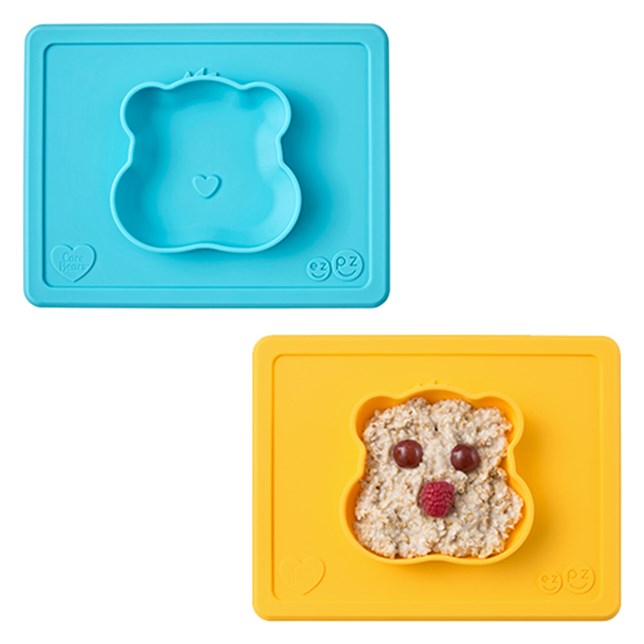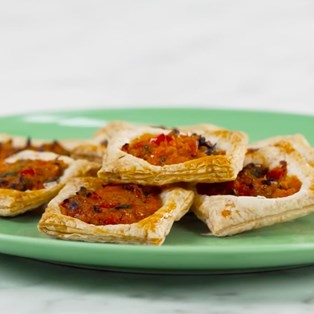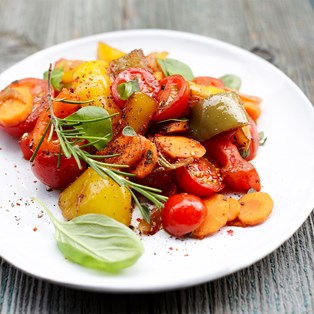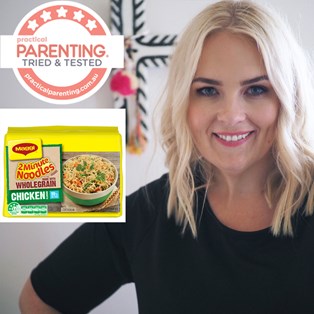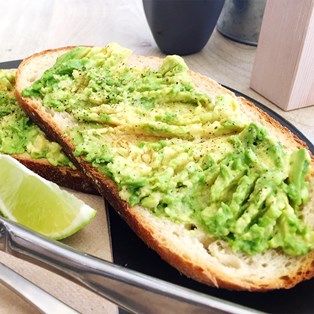Four ways to sneak veggies into kids' food

Improve the nutritional content of every meal.
By Livia Gamble
April 05 2023
Struggling to get your child to eat their two and five serves of fruit vegetables a day? You aren't alone.
Struggling to get your child to eat their two and five serves of fruit vegetables a day? You aren't alone.
As a strategy, sneaking healthy foods that your child wouldn’t otherwise eat into his meals makes sense. It improves the nutritional content of the meal and, depending on what you’ve added, can provide an important boost of fibre and nutrients that your child might otherwise lack.
Even a treat food, like cupcakes, can be quite nutritious when there’s plenty of goodness added to the mixture. Here are some top tips to help you with your sneaking!
Louise Keates, the granddaughter of Australia’s best-loved cookery expert Margaret Fulton, reveals her tops tips for increasing the nutritional value in foods for your child.
Baking boosters. Baked treats are the perfect vehicle for sneaking goodness into foods, foods to try include zucchini, beetroot, quinoa, pumpkin puree and mashed banana. Ground seed and nut mixes can also be stirred through most mixes. But, if you’re baking for a school lunch box, just remember to skip the nuts.
Liquid goodness. If your child will happily sip on a home-squeezed juice, slowly add some flavours he might not usually accept, such as carrot, spinach or a dash of ginger or mint. If your child doesn’t get much protein in her diet, try adding some silken tofu to his fruit smoothie – even a raw egg for an older child – for a protein boost.
Practical Parenting tip: Many transitioning toddlers will still love a night time bottle before bed to help them settle in and sleep through. Blackmores Toddler Milk Drink contains prebiotics (GOS) and essential vitamins A, C, D & E to help support your toddler's growth and development. Made using the highest quality ingredients, the Blackmores range is made using premium Australian milk sourced from grass fed cows. Available at Chemist Warehouse. Visit Blackmores.com.au to request your free sample.
Flavour training. Sneaking new ingredients into a favourite recipe is a great way of getting your child accustomed to a flavour he might otherwise turn his nose up at. Research reveals that children sometimes need to taste a particular ingredient at least 12 times before they develop an acceptance of it. Hiding apple or sweet potato, for example, in a healthy sweet treat (such as in this Chocolate Sweet Potato Slice) can help notch up those dozens taste – so long as you use enough for the flavour to be detected.
Breakfast bonus. If your child is keen on a commercial breakfast cereal try stirring through chia seeds, wheatgerm, puffed quinoa, ground LSA (linseeds, sunflower seeds and almonds) and a gentle spice like cinnamon or cardamom. If he doesn’t like large pieces of fruit, try stirring through grated apple or pear. An egg-rich serve of French toast or crepes is great for those who aren’t keen egg eaters.
Include a side of visible fruit or veggies. There is one downside to hiding foods in your child’s meal. One important way to minimise fussy eating is to build your child’s familiarity with as many ingredients as possible. A child who has never seen broccoli in its whole form and who’s only ever tasted it stirred through a brownie is not going to develop that familiarity.
As a result, he’s going to be far less likely to pick up a floret and start munching on it. So, while you should feel free to puree and hide to your heart’s content, just include a side of visible fruit or veggies too.
Your child needs to learn what fruit and vegetables look like and how they taste in their whole form. He also needs to learn that they’re a crucial part of most meals.
By hiding and serving visible fruit and vegetables, you’re covering every base and ensuring the best health outcomes for your little one!
Louise Keats has teamed up with Thermomix to develop Sweet Nourish a book of 80 better-for-you recipes that focus on having plenty of goodness yet still feel like a treat you can get excited about.

